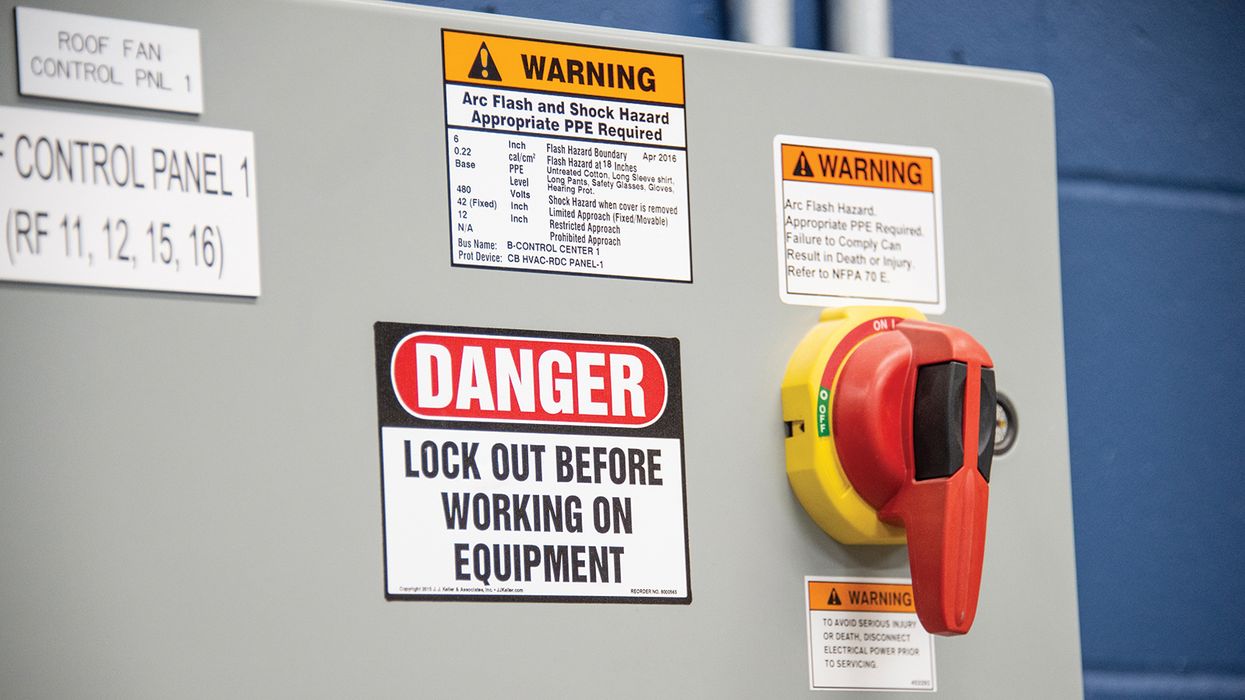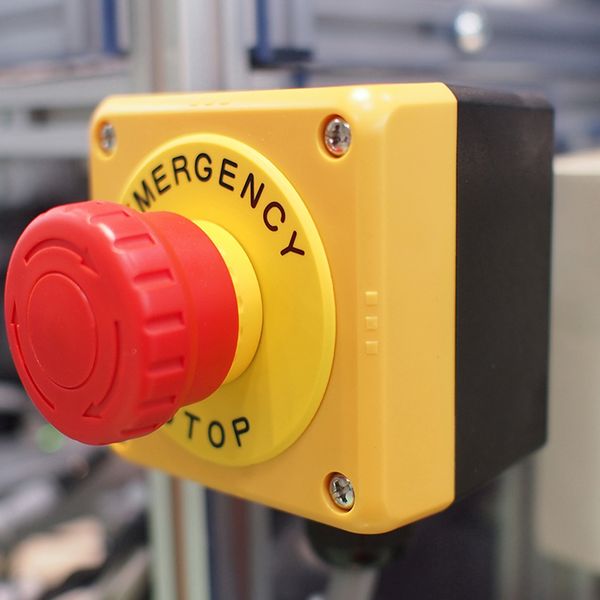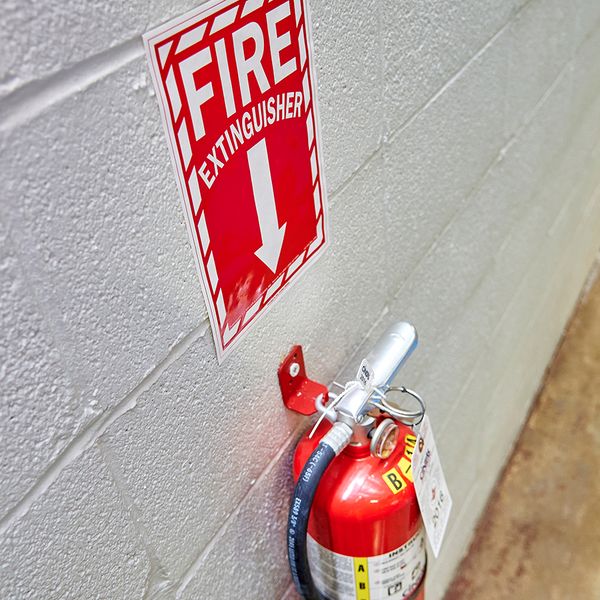Do your safety signs have your employees seeing red?
Safety has the workforce brimming with color. In fact, 29 CFR 1910.144 and 1910.145 tell us precisely what OSHA expects for safety color coding to identify hazards in the workplace. Signs, warning labels, symbols, and other color coding in your facilities should have your employees seeing red. But what if they can’t?
Though rare, color blindness is the inability to distinguish between colors as most people do. This makes it difficult for workers to see colors intended to protect them from harm. Color blindness can vary, making it difficult to distinguish between red and green or blue and yellow hues - the very shades of safety.
Some individuals can’t see any colors, which is called monochromacy. Workers with this type of color blindness may have trouble seeing clearly and may be more sensitive to light. Employers must collaborate with these employees to ensure alternative measures are taken to protect their eyes and clearly communicate warnings and hazards.
The colors of safety
The color identifiers below differentiate the various levels of risk and hazards for workplace safety. Employers must ensure workers with color blindness are able to understand hazards in the workplace and the meaning of signs and warning labels.
RED - identifies fire and fire protective apparatus, danger, and emergency stops. It marks areas near open flames or flammable materials, fire extinguishers, and where workers are directed to stop an action.
ORANGE - warns workers of hazardous parts of equipment that could physically harm people or the facility. Typically used as labels on machinery, orange may also be used on signs, hard hats, safety vests, and other objects.
YELLOW - designates caution and is used for marking physical hazards, such as falling, pinch points, contact hazards, and other similar hazards.
GREEN - identifies directional safety information. This includes pointing workers to emergency egresses, safety showers or eyewash stations, first aid stations, and other safety equipment.
BLUE - not always safety-related, provides information regarding a particular location, process, or item. Employers may use blue signs to convey workplace policies, instructions, or locations, such as “Employees Only.”
PURPLE - often combined with yellow, alerts workers to radiation hazards.
BLACK/WHITE - provides instructional and directional information. This includes speed limits, one-way traffic, and aisle markings.
Having a standardized color-coding system for safety is effective for alerting employees of workplace hazards - if they can see the colors properly. For those who can’t, employers must ensure these workers understand the hazards and warning signs throughout the workplace.
| Interested in learning more? See our ezExplanation on Color Coding. |
Are you contributing to color blindness?
Not only are employers required to ensure workers understand warning signs and colors, but they must also protect workers from becoming color blind. That’s right - color blindness can be acquired. Exposure to lead or carbon disulfide can cause color blindness, even at low levels. Terminal illness and alcohol consumption can also contribute to color blindness, so employers should promote health as part of their safety and health programs.
What does ADA have to say?
Color blindness is considered a disability according to the Americans with Disabilities Act (ADA). Employers are required to reasonably accommodate employees with disabilities.
Keys to remember
Employers must ensure employees with color blindness are able to understand hazards in the workplace and the meaning of signs and warning labels. The ADA requires employers to make reasonable accommodations for workers with disabilities, including color blindness.



















































